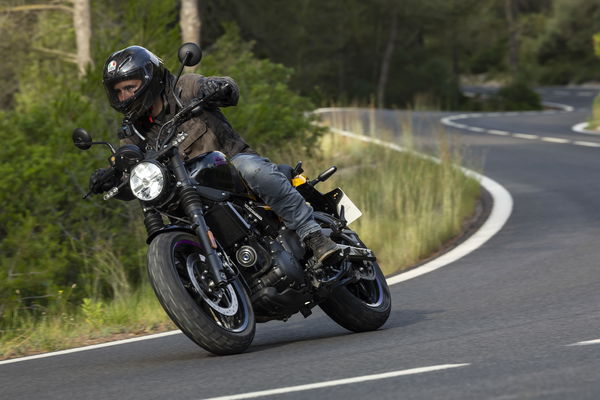Diavel 1260S (2019) review
The Ducati Diavel 1260S (2019) was launched in glorious Marbella, and Visordown's Harry McKenzie tested it out on the roads. Here's how he got on.
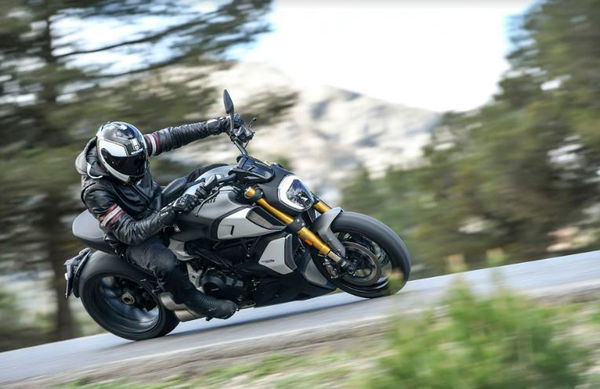
The launch of the new Ducati Diavel 1260S saw me jetting off to sunny Marbella, on Spains sunny south coast. With the region nicknamed the Costa Del Crime, renowned for homing bad boys and crime bosses in the 70s and 80s, the New 1260S fitted right in. The Diavel (Devil in Italian) with its teleport like 1262cc Tessastretta DVT motor, and sports naked handling encourages you to do some criminal acts of your own, and as I pinged down the Ronda road in supreme comfort, the V-twin ‘Mega-Monster’ just got better and better.
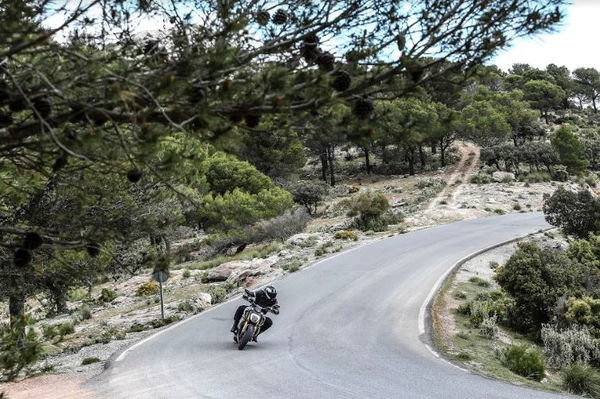
Ducati Diavel 1260S (2019): Design
From its launch in 2010 the Diavel’s looks have divided opinion, even amongst the most hardcore Ducati fans. Personally, I think the new beefed-up front end on the 2019 model looks amazing, especially up close. The new broader, more aggressive air scoops, LED Halo headlight and long angular blade-like LED indicators (that double as radiator shrouds) add up to a seriously militant looking package. The Diavel has hit the gym and some pretty strong steroids, sprouting newly defined muscles as a result. However, it clearly skipped leg day, as the rear end remains slim and streamlined, with two extraterrestrial looking LED strip lights above the gargantuan 240 section rear tire.
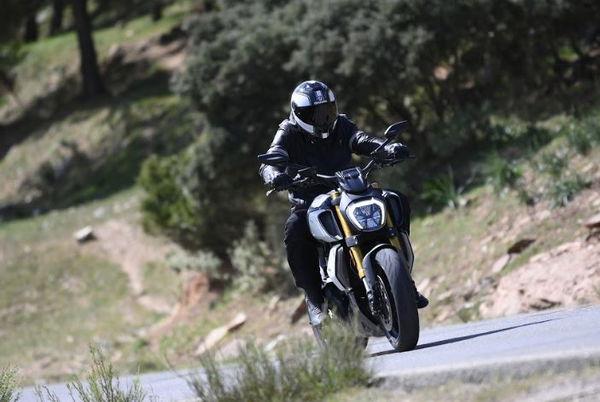
Ducati Diavel 1290S (2019): Price
Like the big rear tire, the new Diavel commands big price tag, with the standard coming in at £16,795 and the S model, which has upgraded Ohlins suspension and Brembo stoppers, costs £19,985
Granted, it’s a fair penny for something which has no fixed identity or classification, but Ducati make no secret that this is a premium product, so the price is justified. Also with the oil change interval being extended to 9,000 miles and valve clearances to 18,000 miles, should save you some cash in the long run. This improved reliability demonstrates the quality of componentry used in the divine 1262 DVT power unit.
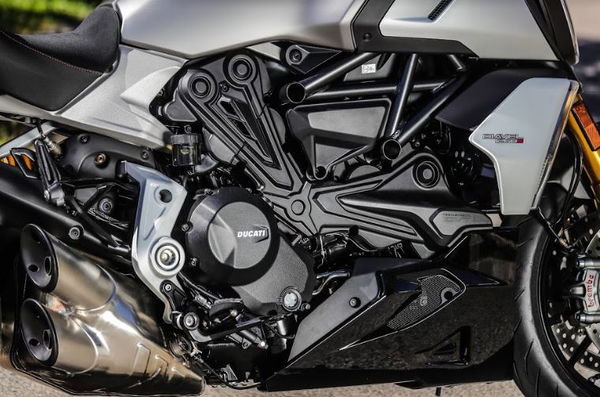
Ducati Diavel 1260S (2019): Engine
Sharing the same 1262cc DVT (Desmodromic value timing) V-twin that can be found in the 1260 Multistrada, the Diavels motor is effing epic. The twin spark set up keeps the big twin silky smooth even at low revs in an urban setting, coupled with the clever hydraulically actuated DVT system, which adjusts inlet and exhaust valves across the entire rev range to guarantee that the torque and power remains linear. I found that there is a kick of power at around 5,500 RPM then, at 7,500 RPM shit gets crazy, all the way to the limiter. The top-end acceleration is like a glitch in the Matrix, and with the seamless quick-shifter (up/down) and the blipper; the surge seems neverending, all magnified by the sound of the new gnarly big bore twin exhaust.
The engine is about seven horsepower up on last years model with a claimed 159bhp at 9,500RPM with a max torque of 129Nm ( 95ft-lb) at 7,500RPM. Doing their best to reign in the power are three riding modes, Sports; Touring; and Urban, with urban being the tamest (cutting power to 100bhp).
In sports or touring mode the bike has so much torque that I found myself happily cruising at motorway speeds in fourth gear! But with this much grunt, corners arrive very quickly, especially if I got a little bit happy on the ride by wire throttle. A couple of overshoots later it became clear how capable the Diavel is when the roads started getting twisty, even if I did misjudge my momentum from time to time...
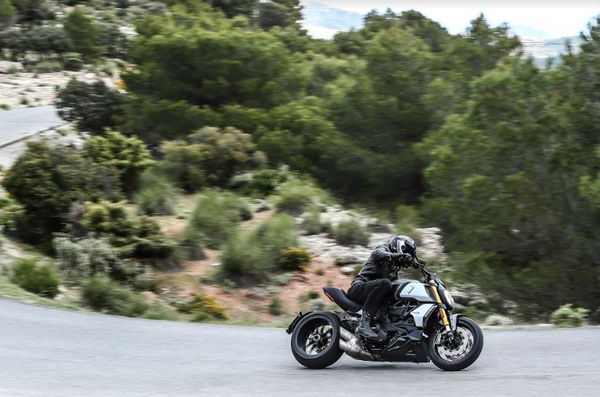
Ducati Diavel 1260S (2019): Frame and Suspension
Like many modern Ducatis, the Diavel’s engine is a stressed member of the frame, being connected to the completely redesigned frontal steel trellis frame and cast aluminum single-sided swingarm by the cylinder heads. This unique technology combined with the 48mm Ohlins front forks and rear monoshock (both fully adjustable), make for a package that defied my expectations, especially with the complications that the huge back tire could cause. To nitpick.... while the suspension was mega plush, handling poor road surfaces adequately, it was slightly too firm for me out of the box. That said it’s fully adjustable so you could easily dial it in to your weight and requirements.
The handling is confidence inspiring, as you get direct feedback from the very blingy Ohlins package (even in the wet), and the 1260’s chassis feelt flickable but not on a knife-edge. Ducati has achieved sports naked handling by reducing the rake angle to 27° and trail to 120mm. The engineering boffins have elongated the wheelbase to a whopping 1600mm (20mm longer than previous models) making the Diavel super stable mid-corner and at higher speeds, without it becoming lethargic.
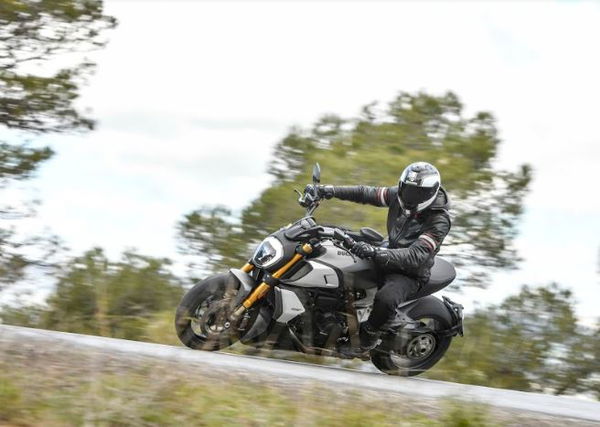
Ducati Diavel 1260S (2019): Handling
Despite Diavel being 244kg (kerb), the weight distribution is perfectly 50/50, due to the new front mounted radiator and the engine being shifted back towards the rear wheel. These subtle tweaks create a machine that handles beautifully, all aided by some proper Pirelli Diablo Rosso III rubber from the factory. The wide custom rear tire goads you to get a bit foolish, especially in the wet, but with the smug knowledge that the Ducati traction control will keep you shiny side up.
To me, the bike seemed to have the ideal balance of high-speed stability and low-speed agility, as it munches tight hairpins, leaning all the way to a mind-boggling 41-degrees (and further if you dare). The Diavel felt more at home on straighter roads, particularly as you can fully crank on the power and enjoy the intoxicating acceleration, without having to slam on the anchors every ten seconds.

